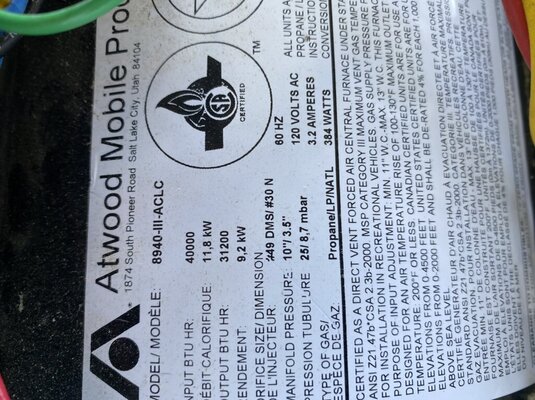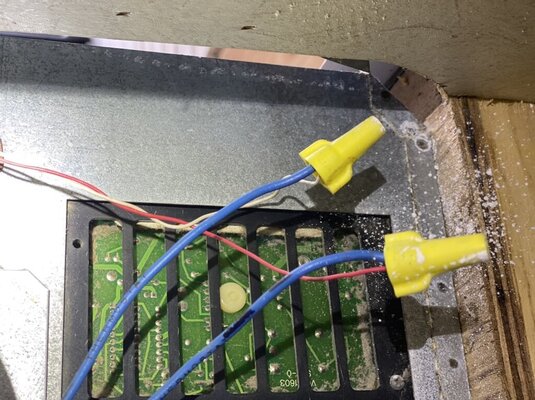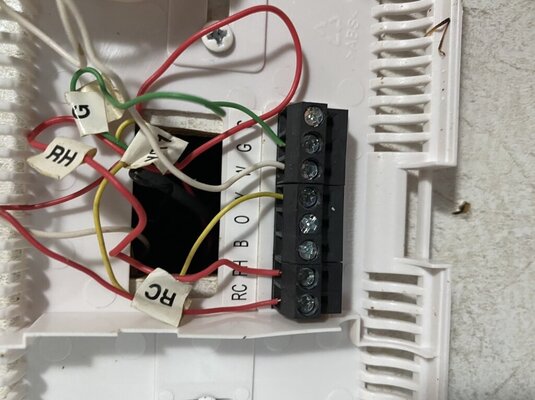Aquafuzz
Member
Just picked up an 04 Nomad park model that has been used only during the summer months and the furnace has not been turned on for 7 years.
There is no 12vdc system in this camper. There is a 110vac cord coming from the furnace and a couple of wires running to the thermostat. The propane valve at the furnace has been turned off this whole time as far as I know.
Is there a startup procedure to a checklist to go over before firing it off?
Is there anything to check as far as the ignition system to ensure it’s sparking?
Anything to check with the blower system?
Just trying not to blow myself up.
There is no 12vdc system in this camper. There is a 110vac cord coming from the furnace and a couple of wires running to the thermostat. The propane valve at the furnace has been turned off this whole time as far as I know.
Is there a startup procedure to a checklist to go over before firing it off?
Is there anything to check as far as the ignition system to ensure it’s sparking?
Anything to check with the blower system?
Just trying not to blow myself up.



